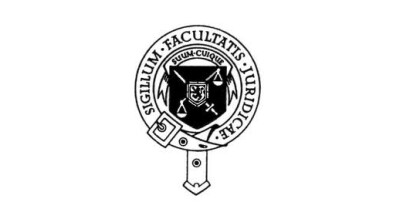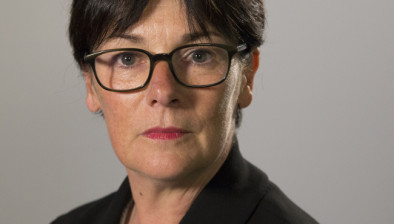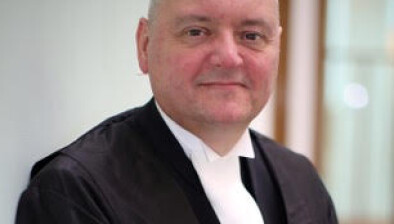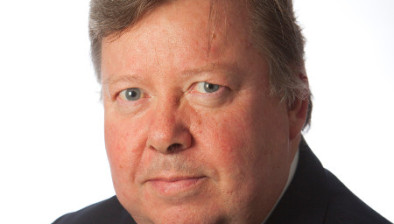David Lorimer: Independent representation for rape complainers and systematic reform
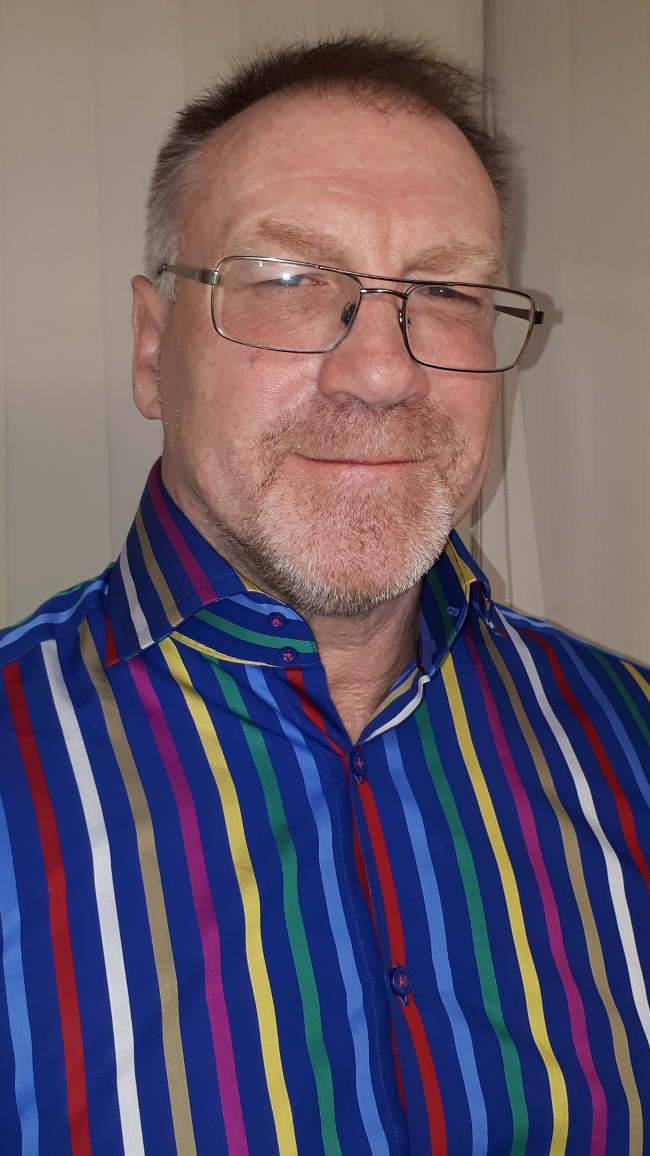
David Lorimer
David Lorimer analyses some technical aspects surrounding the introduction of independent legal representation for rape complainers.
On the 28 November 2018, The Faculty of Advocates hosted a debate on independent legal representation (ILR) for complainers in rape trials. This was informed to some extent by the interim report by Sir John Gillen on the law and procedures relating to serious sexual offences in Northern Ireland which was published shortly before. In many ways Sir John’s interim report is a model of what a systematic, informative and inclusive reform process should entail, engaging openly as it does with stakeholders and the public at large.
Sandy Brindley, of Rape Crisis Scotland, introduced the debate and the motion was:
This house believes that prosecution in the public interest cannot deliver justice to rape complainers unless they have independent representation.
The house ultimately voted in favour of the motion, and quite rightly so in general terms, however the devil is in the detail of implementation. Such implementation needs to be part of a broader review and analysis, and I suggest additional systematic reforms.
During the event a number of points were raised which have further implications and I’d like to start to explore three of them here:
- The first issue develops from a point made fairly early in the debate by Professor Peter Duff on the increased likelihood of an appeal in the event of an application to introduce sexual history being rejected: would the presence of ILR have the same effect?
If increase in rejection of such applications can give rise to appeal, it follows that ILR participation in the pre-trial processes could have the same effect wherever that participation leads to a rejection. In addition, the participation of ILR at trial, referred to by Lord Auld as ‘…the ostensibly privileged role of an auxiliary prosecutor…’ could also trigger a rise in the rate of appeals. Any increase in the number of appeals means an increase in the potential for a miscarriage of justice together with the resulting imposition of a ‘burden of appeal’ on anyone unfortunate enough to fall into that category.
- The second issue is related and again stems from something Professor Duff said, this time in relation to the relatively low rate of rejections of such applications: what might this be telling us?
Previous work resulting in the promotion of an option for non-jury trials in rape cases, particularly where sexual or medical history has been deemed to be admissible, has posited that it is impossible to fully determine the true probative value and significance of such private and personal history at the pre-trial stage. This could be the underlying reason why so few applications to admit such evidence fail.
- The last point picks up on a comment made by Clare Connelly QC with regard to the Not Proven verdict: would its removal cause a rise in conviction rates?
In a previous blog I explored some ideas in relation to the not proven verdict being a ‘too close to call’ option, identified as a hung jury in other jurisdictions, and I drew up the following curves as representing ‘a new Scots criminal law hypothesis’:
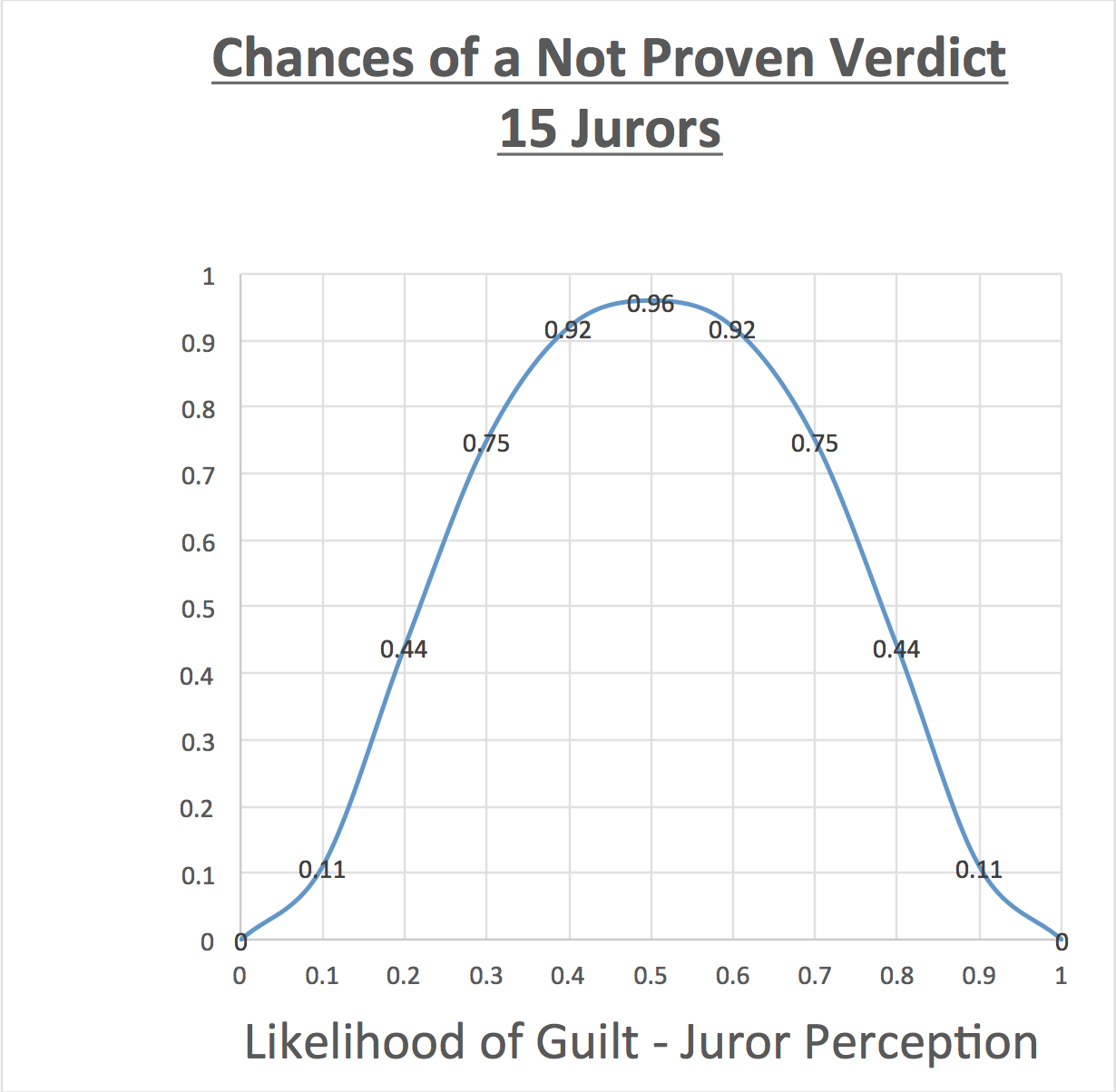
Zone of Uncertainty - The area under the bell curve was described as a zone of legitimate uncertainty.
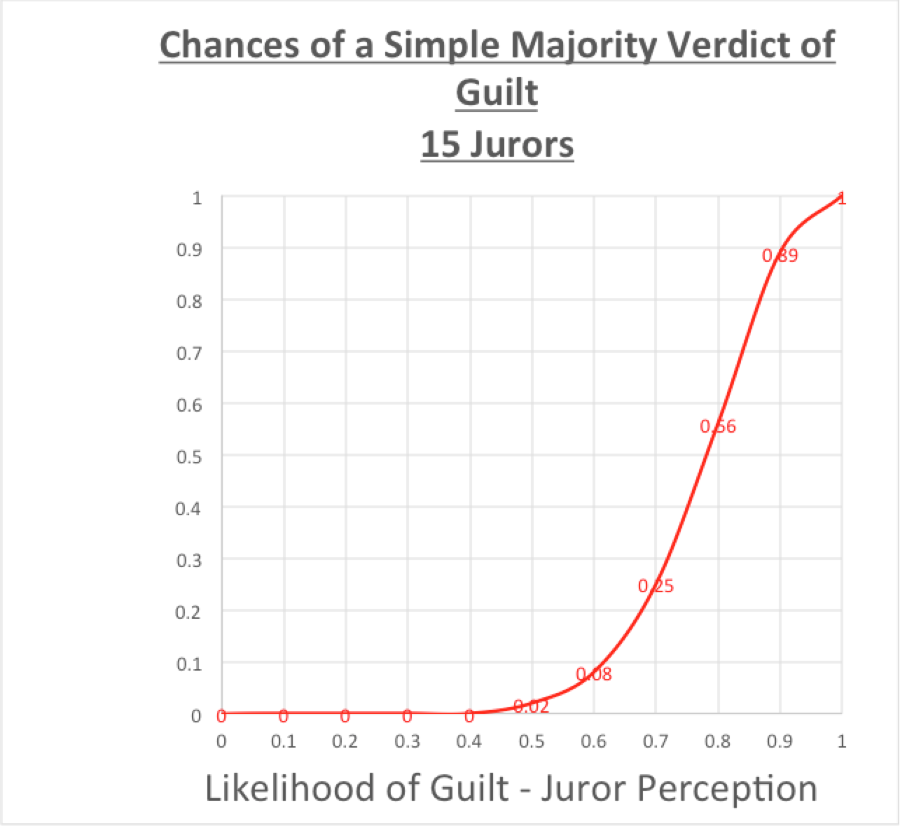
GRAPHS of NEW HYPOTHESIS (Based on analogy with qualified majority hung jury)
It can be seen from consideration of the upper bell curve that jury room pressures, including time considerations and group dynamics, could persuade a ‘not proven’ juror to shift down their position on the curve, polarising their vote towards either ‘guilty’ or ‘not guilty’ wherever those are the only two options available.
The idea of all such jurors then voting not guilty would therefore be an unlikely one and conviction rates could well rise if the not proven option were to be removed.
The science of the identification, analysis and understanding of the ‘too close to call’ option or result in voting procedures is a fascinating one and it can be argued that a de facto third verdict is always on offer in any voting procedure. This clearly has implications for all fields where majority decisions are relied upon.
David Lorimer is a PhD candidate at Aberdeen University, read the full blog on the university website.






